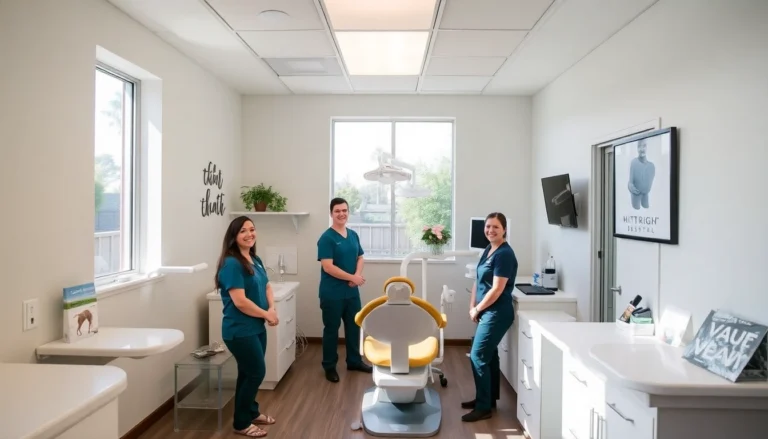Turning 26 is a pivotal moment in health coverage. As you age out of a parent’s plan, you’ll explore ACA Marketplace plans, employer options, COBRA, and private coverage. The right path depends on your income, network needs, and anticipated medical use. This guide outlines your Health Insurance options for 26 year old and how to compare premiums and benefits to maximize value.
Health Insurance options for 26 year old: What changes after you turn 26
What counts as turning 26 for eligibility and plan changes
The moment you reach age 26, many plans shift from dependent coverage to individual enrollment rules. In most cases, parental coverage ends, and you’ll need to secure a new plan during a special enrollment period or the next open enrollment. Plan details can vary by insurer and state, so it’s essential to confirm your exact end date and any transition timelines with your current provider. Being proactive reduces the risk of a coverage gap during the transition.
Health Insurance options for 26 year old: staying on a parent’s plan
Some young adults can remain on a parent’s plan for a grace period beyond 26, depending on the plan and state regulations, but this is not guaranteed. If you’re disabled, enrolled in school, or meet specific criteria, certain plans may offer extensions. The safest approach is to treat aging out as a formal transition: verify end dates, learn about special enrollment eligibility, and prepare alternative coverage options in advance.
Documents and verification for 26-year-old coverage changes
To enroll in a new plan, gather your Social Security number, date of birth, and proof of income if you’re pursuing ACA subsidies. You’ll also need current policy information (policy number and end date) and any documentation tied to special enrollment events (marriage, birth of a child, job change). Having these ready speeds up enrollment and reduces the chance of delays.
26-year-old health coverage options: Key plan types and subsidies
26-year-old health coverage options: ACA plans and subsidies
The ACA creates Qualified Health Plans (QHPs) through the Marketplace or state exchanges, offering the ten Essential Health Benefits and minimum essential coverage. Depending on income, you may qualify for premium tax credits or cost-sharing subsidies that dramatically reduce monthly premiums and out-of-pocket costs. Plans typically come in Bronze, Silver, and Gold metal tiers. Open enrollment periods determine access, but losing coverage due to aging out triggers a Special Enrollment Period to enroll outside the standard window.
Health Insurance options for 26 year old: COBRA vs private insurance
COBRA lets you temporarily extend a previous employer’s coverage, but it can be costly since you usually pay the full premium plus a small administrative fee. Private, individual, or family plans offered outside the employer market provide another path, often with different deductibles, networks, and underwriting considerations. Weigh the total cost over the period you expect to use coverage, not just the monthly premium.
Evaluating plan stability and network coverage
Beyond price, consider network breadth, hospital accessibility, and whether your preferred doctors are in-network. Plan stability—how often premiums change and whether benefits remain consistent—affects long-term budgeting. For 26-year-olds with active lifestyles or specific health needs, a Silver plan with broad provider access can offer a favorable balance of premium and predictable out-of-pocket costs.
ACA Marketplace, Employer Plans, and Private Insurance: Choosing your path
Health Insurance options for 26 year old: ACA Marketplace plans and eligibility
Marketplace plans are designed for individuals purchasing coverage independently or without an employer-based option. Eligibility for subsidies depends on income and household size. If you recently aged out, you may qualify for a Special Enrollment Period that allows you to enroll outside the annual open enrollment window. Use income estimates and household data to project subsidy eligibility and select plans that maximize value while meeting basic coverage needs.
Employer-sponsored vs private insurance: which fits a 26-year-old
Employer-sponsored plans often provide the best value due to employer contributions and established networks. If you’re self-employed or not offered employer coverage, private insurance through an insurer or independent broker can still be affordable, especially with subsidies. Compare not just base premiums, but deductibles, copays, out-of-pocket maximums, and the breadth of the network to determine total cost of care year over year.
Short-term medical as a transition option
Short-term medical (STM) plans can bridge a gap between coverage, but they typically do not meet ACA minimum essential coverage and may exclude preexisting conditions. They can be useful for temporary gaps or while you compare longer-term options. If you choose STM, plan for a transition to an ACA plan or employer coverage as soon as feasible to avoid coverage gaps and potential penalties in states where applicable.
Grace Periods and Enrollment Windows: When coverage begins
Health Insurance options for 26 year old: grace periods and timing
Grace periods for premium payments and coverage can vary by plan and state. Do not rely on a grace period as a fallback; verify whether your plan provides one and how long it lasts. Missing a grace window can result in a lapse of coverage, so confirm timelines with the insurer and complete the enrollment process promptly when transitioning from a parental plan.
Special Enrollment Period: triggers and timing
A Special Enrollment Period is triggered by events such as losing employer coverage, moving, getting married, having a child, or a change in income that affects subsidies. SEP timing and documentation are crucial—act quickly to avoid gaps and to secure a plan that aligns with your current circumstances.
What to do if you miss enrollment deadlines
If you miss a deadline, explore whether you qualify for a SEP due to a qualifying life event. If not, you may need to wait until the next open enrollment. In the meantime, a short-term option may help bridge the gap, but organization and forward planning are key to avoiding periods without coverage.
Step-by-step plan finder usage and comparing premiums
Using Plan Finder Tool: Health Insurance options for 26 year old included
Plan finder tools help you compare plans side by side by zip code, showing premiums, deductibles, out-of-pocket costs, and whether subsidies apply. Input your household income and family status to see subsidy eligibility and total monthly costs. Use the results to rank plans by total cost of coverage rather than premium alone.
Health Insurance options for 26 year old: premium vs total cost
Premiums are only part of the picture. A plan with a low monthly premium might carry high deductibles or co-insurance, leading to higher annual costs if you need care. Contrast plans using total cost of care estimates based on your typical healthcare usage, prescriptions, and anticipated visits to determine affordability over a full year.
Enrollment checklist and ongoing coverage review
Before enrolling, confirm end dates of current coverage, gather required documents, and verify network lists. After enrollment, keep your plan information accessible, set reminders for annual open enrollment, and reassess your coverage annually or after major life changes (moves, job changes, family planning). Regularly reviewing your plan ensures you maintain the best fit for your budget and health needs.



















